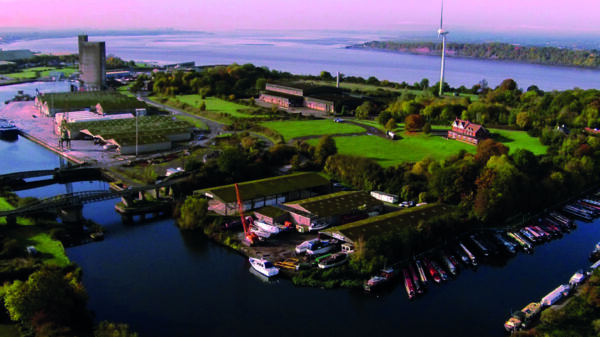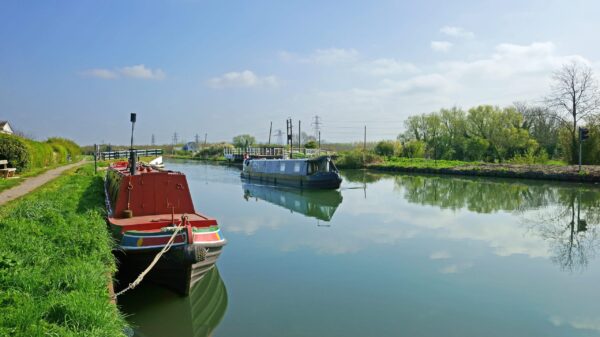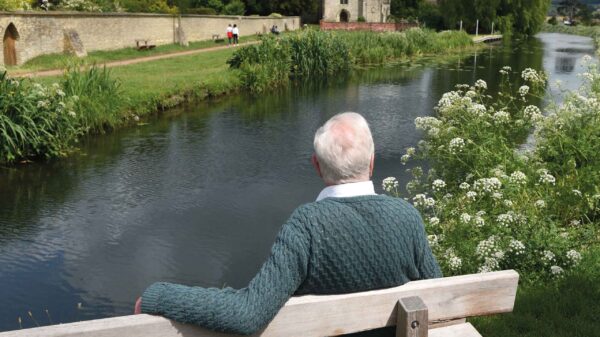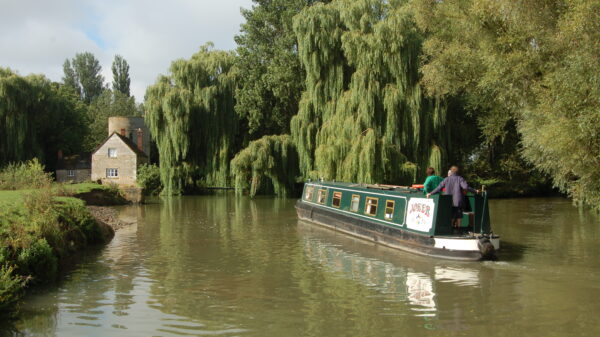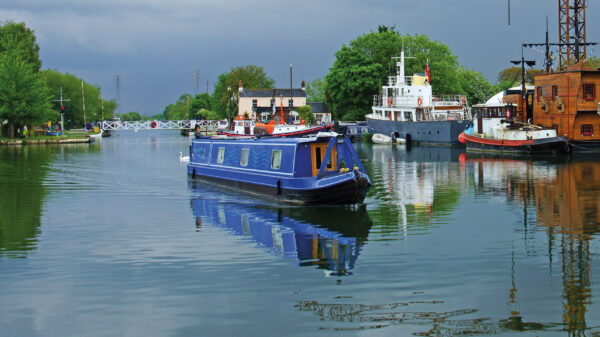About the Gloucester and Sharpness Canal
The Gloucester and Sharpness Canal is a ship canal built to facilitate trade into Gloucester by bypassing a dangerous bend on the tidal River Severn.
Conceived during the canal mania of the late 18th century, the Gloucester and Berkeley Ship Canal scheme (as it was originally named) obtained an Act of Parliament in 1793. The project rapidly encountered problems leading to financial difficulties and by mid-1799 over half the money had been spent with only the basin at Gloucester and about a third of the canal complete. When the money ran out the project stalled and many years were spent trying to raise more to finish the canal. It finally opened in April 1827 with the western river connection moved slightly upstream to Sharpness, making the canal shorter at 16 ¼ miles long. Originally there were no wharves at Sharpness, with ships passing along the canal to unload at Gloucester. As ships grew larger and were unable to make the passage to Gloucester, a new dock and entrance was built at Sharpness in the 1870s.
The Stroudwater Navigation was being built at around the same time, to link Stroud to the River Severn at Upper Framilode, but opened long before the Gloucester and Sharpness Canal. A slight alteration was needed to adjust the water level where they crossed at Saul with an extra lock below the junction. The swing bridge carried the newly built Stroudwater towpath, the canal having been built without one. The Stroudwater Navigation is part of the Cotswold Canals which are being steadily restored through to the River Thames at Inglesham by Cotswold Canals Trust. The short stub of canal up to the low level Whitminster Lane bridge is private water and used for moorings.
[The photo shows boats on the Gloucester and Sharpness Canal near Saul Junction – by Peter Raymond Llewellyn.]


